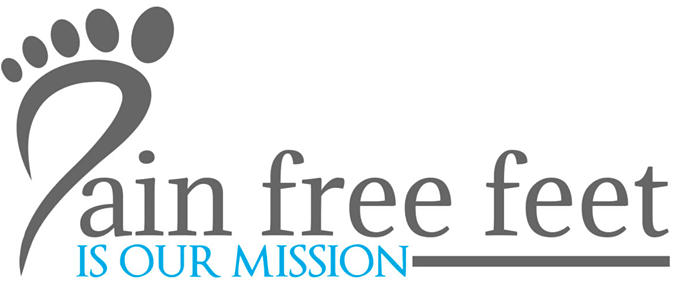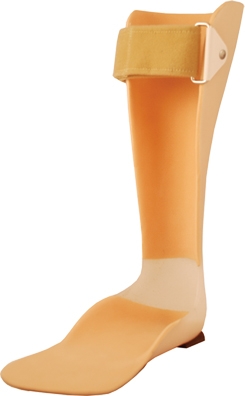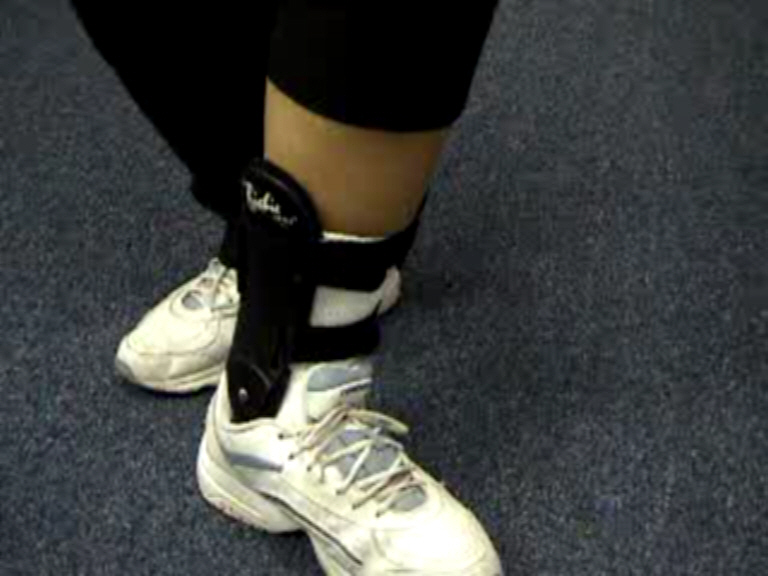Indications for AFO’s
- Control of ankle position
- Compensate for muscle weakness (drop foot) caused by a stroke, spinal cord injury, muscular dystrophy, cerebral palsy, polio, multiple sclerosis and peripheral neuropathy.
- Immobilize the ankle and lower leg in the presence of arthritis or fracture.
- Stabilization of the ankle and subtalar joint caused by adult acquire flat foot
- Enhance normal movement of the ankle,
- Minimize abnormal gait patterns and
- Increase the efficiency of walking
Types of AFO’s
 Static AFO
Static AFO
A static orthosis is flexible or rigid L shaped AFO with the upright portion behind the calf and the lower portion running under the foot. The static AFO is used to support the weakened or paralyzed body parts in a particular position (e.g. drop foot from a stroke). A flexible AFO can provide some dorsiflexion assistance (e.g. weak shin muscles) to the ankle joint but does not provide much stability to the subtalar joint. A rigid AFO can block ankle movements and stabilize the subtalar joint. The rigid static AFO can be designed to help control adduction and abduction of the forefoot.
Dynamic AFO

A dynamic orthosis (articulated) is used to facilitate body motion to allow optimal function. A dynamic AFO provides subtalar stabilization while allowing free ankle dorsiflexion and free or restricted plantar flexion. This type of AFO is used to treat adult acquired flat foot.
Depending upon the type of hinge used the dynamic AFO may provide dorsiflexion assistance to correct foot drop.
AFO’s can be either dispensed as an over the counter device or a custom made device fabricated from a negative cast of the foot and lower leg (just below the knee). This type of cast can be captured using a STS™ casting sock or via a 3D laser scan of the foot and lower leg.

 Static AFO
Static AFO